Reloader’s Press
22 ARC: The Right Time and Place (Part I)
column By: Jeremiah Polacek | August, 24
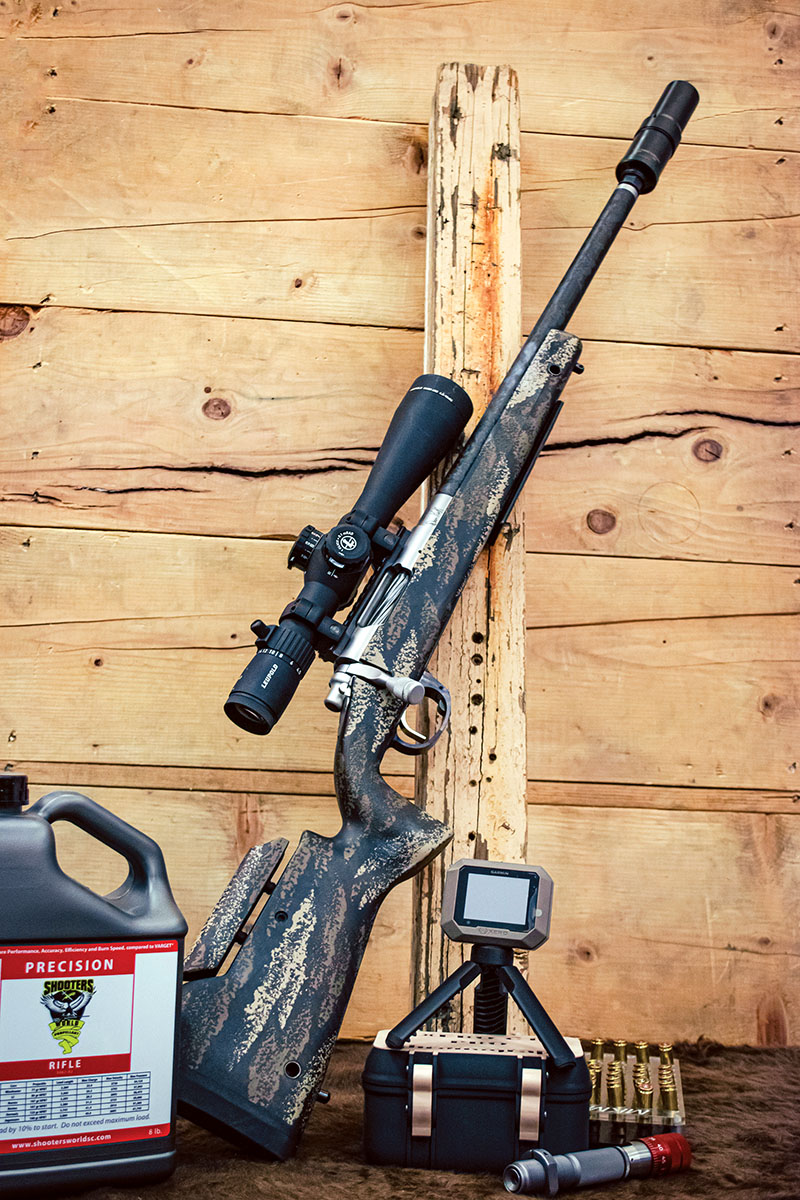
Many decades have passed since the introduction of the 223 Remington and its acceptance by the Sporting Arms and Ammunition Manufacturers’ Institute (SAAMI) in 1963. Since that time, many companies have attempted to capitalize on its success by building cartridges that meet the 2.260-inch overall length restriction for function in AR-15 rifles. The widespread military adoption of this cartridge as the 5.56 NATO undoubtedly added to its popularity. It also meant that surplus ammunition, brass and bullets were plentiful for those looking for a cheap option for plinking and practice. The 223 Rem/5.56 NATO has been the most popular .22-caliber centerfire cartridge for decades running.
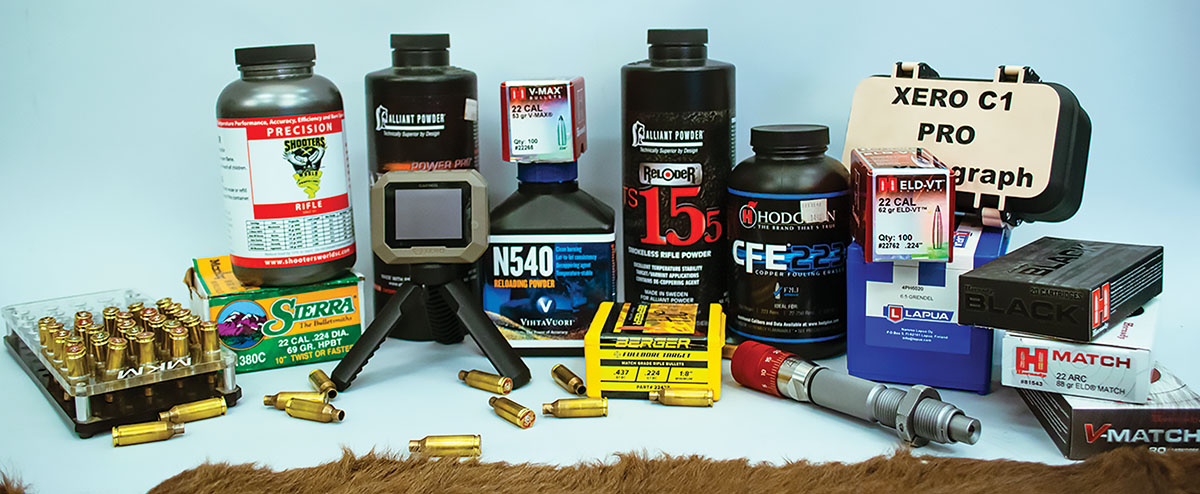
While there is no doubt the 223 Rem/5.56 NATO is a very effective cartridge, it has seen widespread use in militaries around the world. It has a proven track record when it comes to varmint hunting and has even seen success on larger game. For years, it has been a favorite of mine for hunting coyotes, I can appreciate having an AR-15 on the stand with me should multiple coyotes come in or a rapid follow-up shot is needed. However, it always seemed like more performance could be squeezed out of the AR-15 despite all of the restrictions when it comes to cartridge design.
I have been an early adopter of many of these cartridges, such as the 22 Nosler, which used the same bolt face as the 223 Rem/5.56 NATO. Thanks to the rebated rim, a larger case and a faster twist, the 22 Nosler offered increased performance over the 223 Rem/5.56 NATO. In contrast, the 22 Nosler did have some speed bumps along the way. However, it does deliver on its promises of increased performance in terms of energy and velocity. However, for use in an AR-15, some experimentation with adjustable gas blocks or spring and buffer weights can be required for proper function and timing. However, this is not exactly uncommon when playing with new cartridges in the AR-15. The SAAMI Maximum Average Pressure (MAP) was set at 55,000 pounds per square inch (psi), which is the same as the 223 Remington. Since the 22 Nosler has more case capacity, the end result was comparatively higher velocity and pressure.
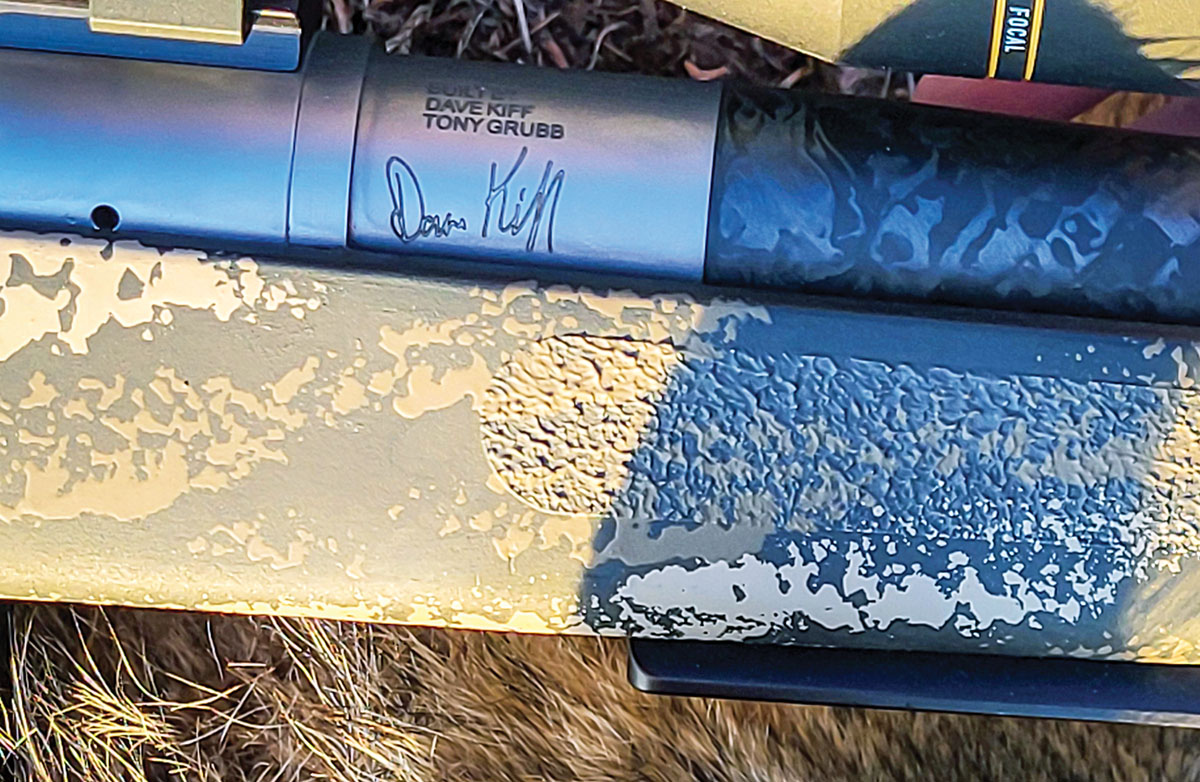
Another effort to challenge the popularity of the 223 Rem/5.56 NATO was the 224 Valkyrie, introduced by Federal in 2017. It promised even faster twist barrels to stabilize the latest, heaviest, .22-caliber bullets with high-ballistic coefficients (BC), yielding improved trajectories at extended ranges. This cartridge used the same case head as the 6.5 Grendel and required the appropriate bolt face and a barrel swap to convert an AR-15 chambered in 223 Remington or 5.56 NATO. The SAAMI MAP was set at 55,000 psi.
Despite the increased performance over the 223 Remington, neither one of these cartridges ever really caught on for a number of reasons that I don’t have time to get into. I still have two rifles chambered in 22 Nosler, an AR-15 and a Nosler M48 bolt-action rifle. They both still see a lot of field use and are typically in the rifle rack and rotated through when culling cattle-crippling rodents or they can be found in rotation for predator control.
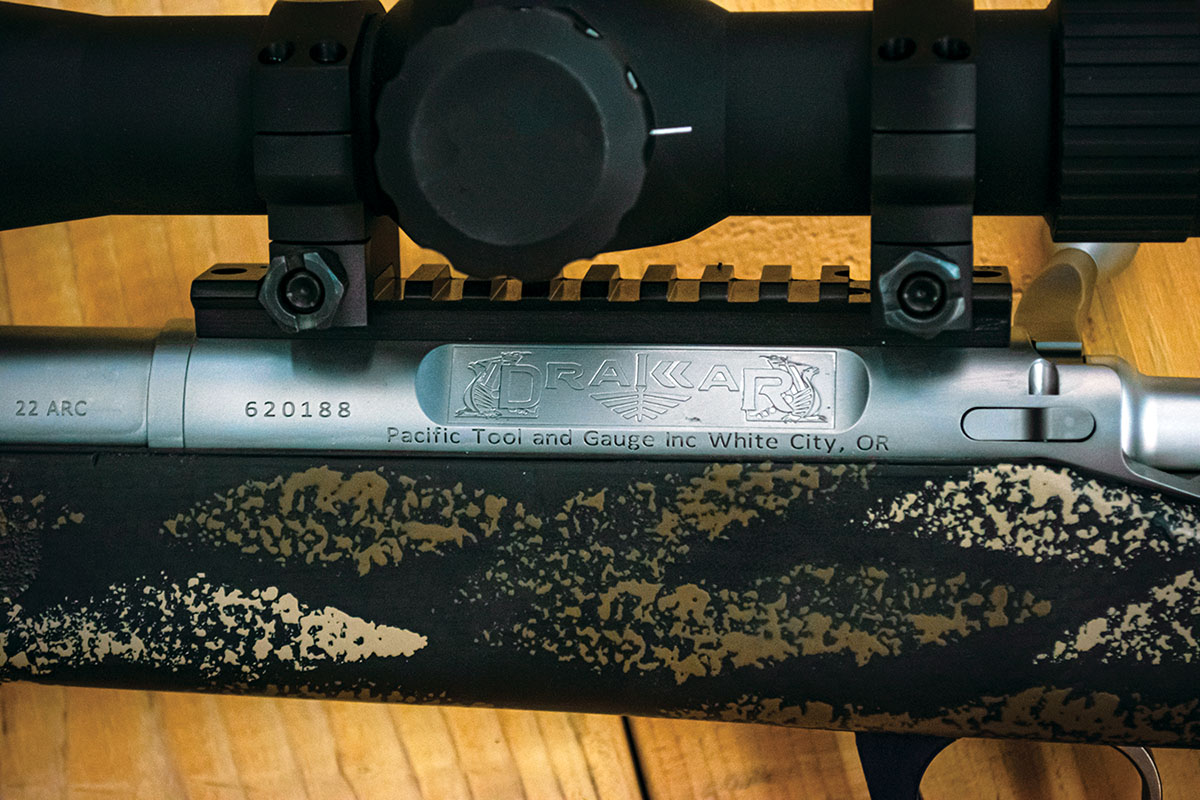
Fast forward to 2023 and Hornady announced its new 22 ARC cartridge, a high-performance cartridge that utilized the same bolt face as the 6.5 Grendel and could launch high-BC bullets at impressive velocities. It could also function in an AR-15 while a standard AR in 5.56 NATO could be converted with a bolt and barrel swap. While some tuning with buffers may be required depending on the situation, it is a simple enough swap to make. The cartridge itself was based on the 6.5 Grendel necked down to .22 caliber and some other minor tweaks. The SAAMI MAP was set at 52,000 psi for this cartridge for use in AR-15 rifles. Interestingly enough, Hornady has released two different pressure levels, one for “gas guns” and the other for “bolt guns,” which runs the pressure up to 62,000 psi for increased performance. This is very similar to what they did with the 6mm ARC cartridge and it offers increased versatility and a level of performance only available to the handloader.
To the dedicated handloader, this is nothing new. The 224 Grendel, also known as the 22 Grendel, has been around for quite a while now. It just hasn’t become popular despite the impressive performance it delivered. It was a cartridge I had wanted to play with, but the lack of popularity kept me from jumping on board. Besides that, I had two 22 Nosler rifles that worked well and satisfied my needs. However, After Hornady announced this new cartridge, that all changed and I decided it was something that many folks would be interested in.
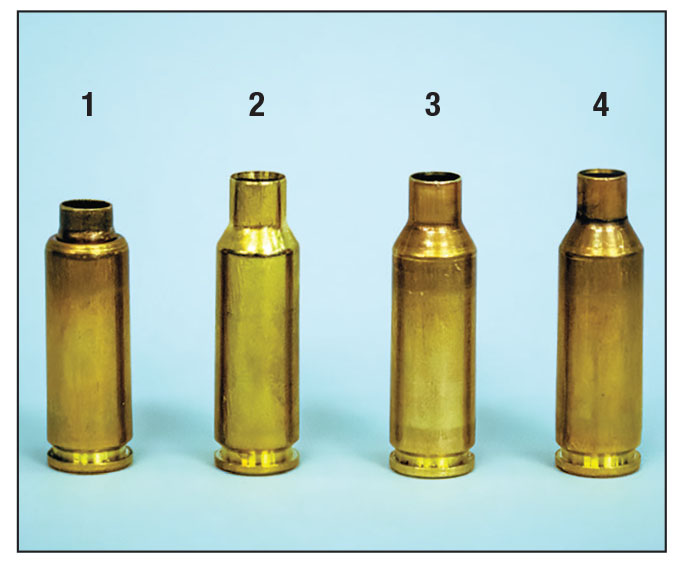
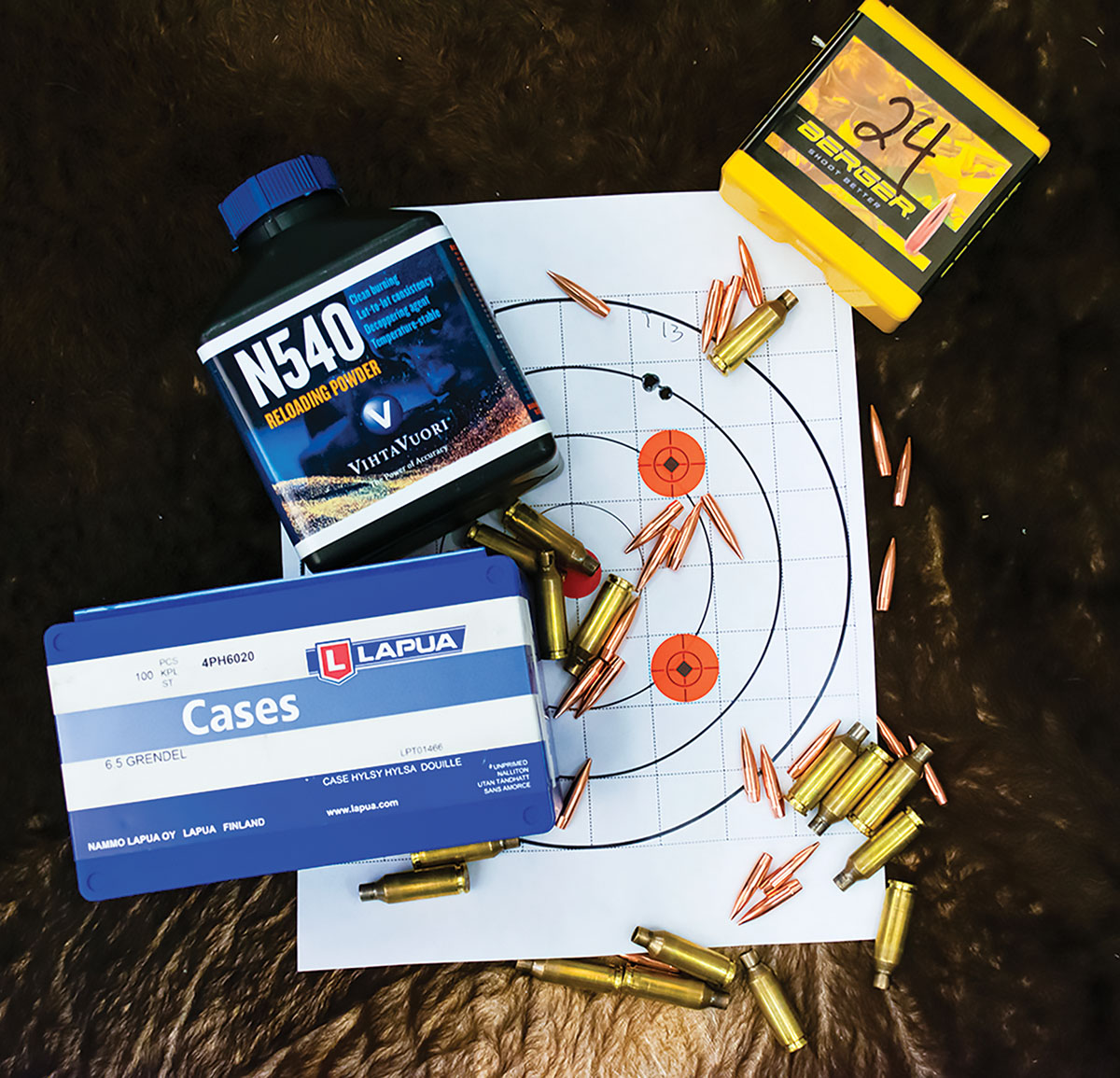
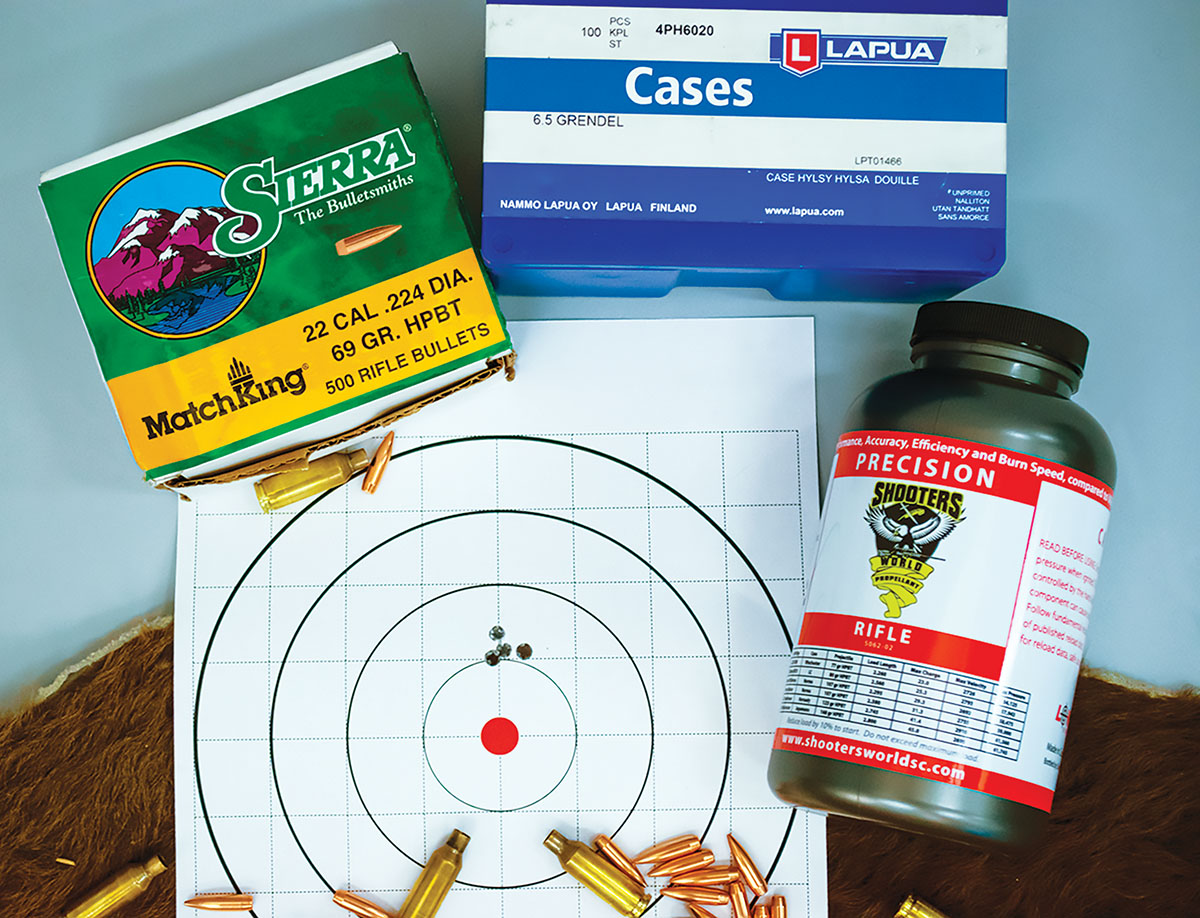
Now that I had 22 ARC brass, the next step was to chamfer and deburr the cases. For this, I used an RCBS Brass Boss case prep center. The cases were then primed using a Frankford Arsenal Hand Primer. All charge weights were dispensed using a Redding BR-30 powder measure, then weighed on a Creedmoor Sports TRX-925 Precision reloading scale and trickled to proper weight using an RCBS powder trickler. All charge weights were accurate to .04 grains, which is likely a bit overkill, but it is a habit I have developed over the years. The final step was to seat a bullet. A Hornady Custom Grade seating die with their new click-adjustable micrometer seating stem installed was used to seat all bullets. At the end of the day, I had more than 190 rounds loaded and ready to put to the test.
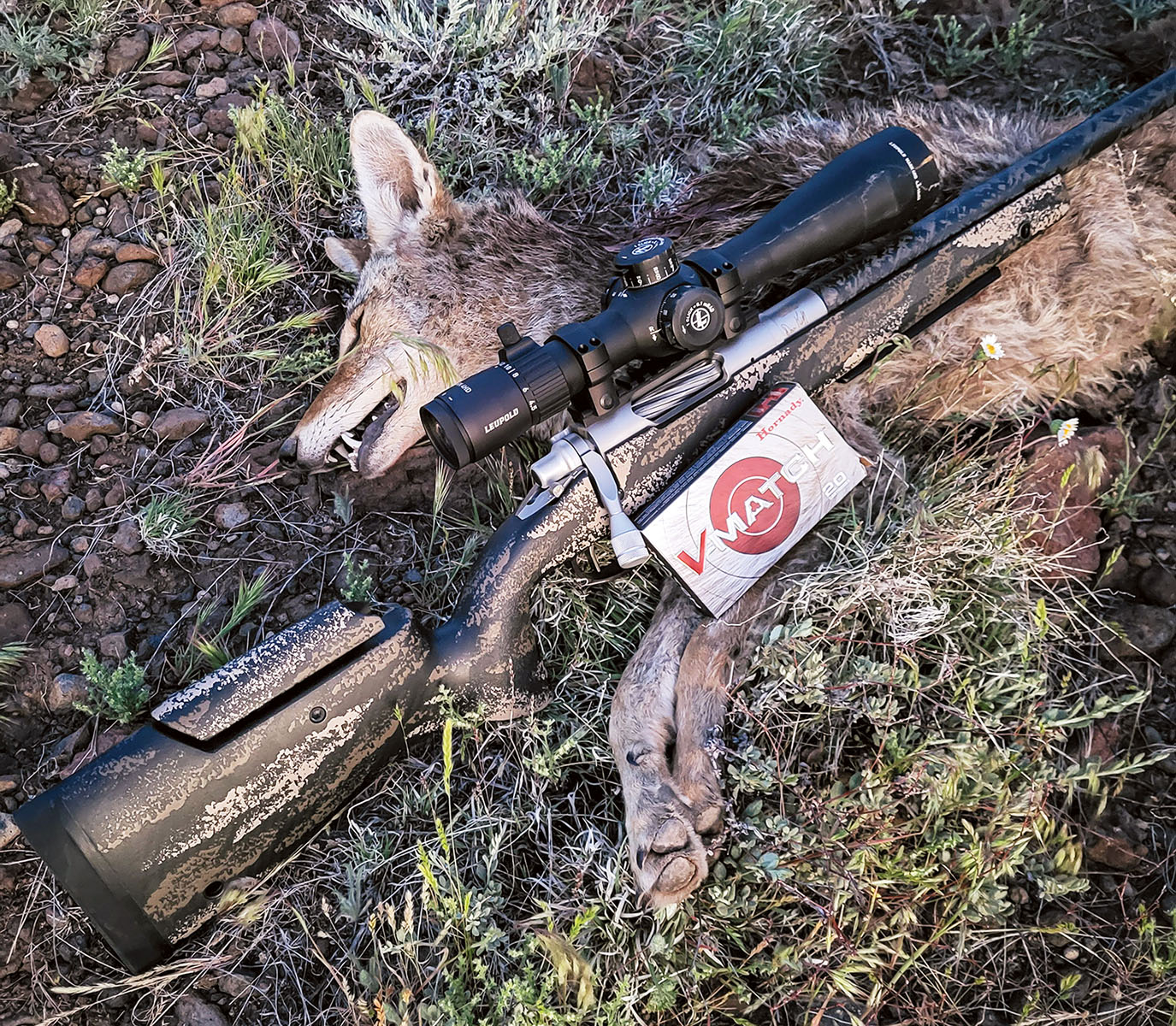
I have a hunch that now that the cases are fireformed, accuracy and consistency will only get better. Overall, the rifle was a joy to shoot as the recoil was extremely pleasant, especially with the Nosler SR-30K cutting down on the muzzle blast and report. In the next issue of Handloader No. 352 (October – November 2024), I will pick up where I left off with more details on the rifle, cartridge and more loads using fireformed brass. Sadly, I am out of space in this issue.
If you would like to watch the accompanying video to this article, check out the video titled “Creedmoor Sports Enhanced and Adaptive Press Heads” on our YouTube channel – Handloader TV.
.jpg)
.jpg)


